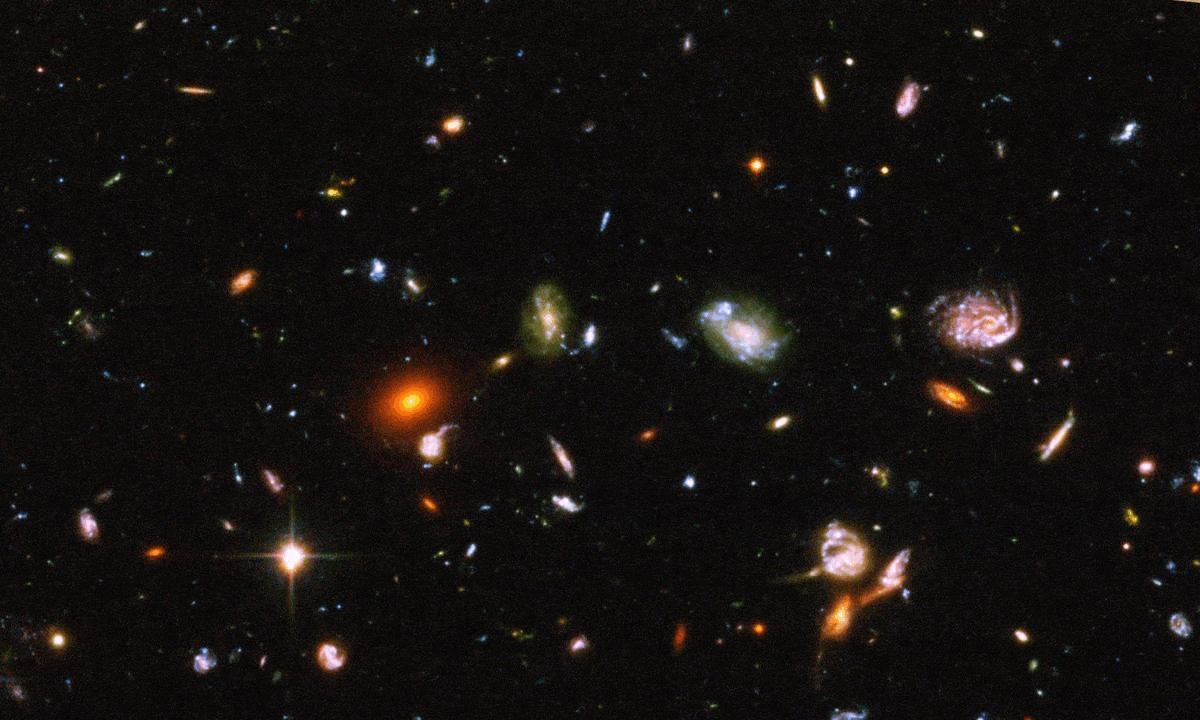From inside our Solar System, zodiacal light prevents us from seeing true darkness. From billions of miles away, New Horizons finally can.
Four years ago, astronomers had a spectacular realization for a new type of science they could perform: they could, at long last, search for the presence (or absence) of a cosmic optical background. We have a theory about where light comes from in the Universe:
- we have the leftover light from the Big Bang, now shifted into microwave portions of the spectrum,
- we have the light generated from stars, thought to be distributed inside galaxies, galaxy groups and clusters, as well as a few stars and star clusters in the intracluster medium,
- we have the light reflected off of neutral clouds of matter,
- and we have the light generated by heated matter, which generates a cosmic infrared background.
In theory, the only “cosmic optical background” that ought to be there is the light generated from stars, which should be confined to within galaxies and larger bound collections of matter, plus a little bit of additional reflected light from within those same structures. But from Earth and even from the space…









